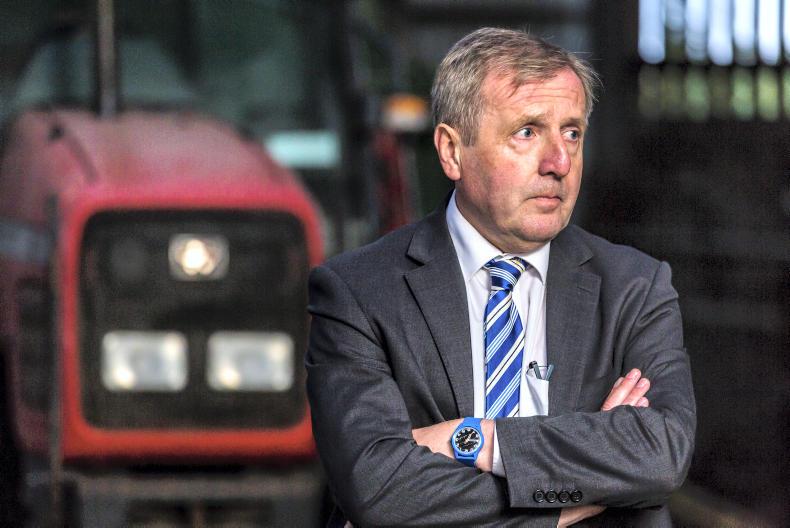An additional €23m for ANCs, rolling over the 2018 low-cost loan pot, extension of existing tax reliefs for farmers and a new suckler support scheme. All in all, the Minister for Agriculture Michael Creed was content with Budget 2019 when questioned on Wednesday morning.
However, details remain sketchy for all of the above. The budget for Areas of Natural Constraints in 2019 has been increased to €250m, returning it to where ANC was in 2008 "before Fianna Fáil slashed the budget”. The rates for payment for the new monies have yet to be confirmed.
Loans
This time last year the Government announced that there would be another low-cost loan scheme for farmers, with €25m set aside as seed capital for that scheme in Budget 2018. However that scheme has yet to materialise. Instead it will be spent in 2019 to create a €300m collaborative fund between the SBCI, European Investment Fund, state agencies and the Department of Finance.
Minister Creed says primary producers, farmers and fishermen, will be able to avail the scheme, generally for capital investment purposes. These loans will have have a minimum borrowing requirement of approximately €50,000 that is unsecured and an interest rate of less than 5%.
Details are still being worked through, but when exactly the scheme will come on stream is not known.
Outlining the details of the @agriculture_ie #Budget19 in @merrionstreet this morning #BEEP #ANC #Brexit pic.twitter.com/O7hKi8CXHn
— Michael Creed TD (@creedcnw) October 10, 2018
In Minister for Finance Paschal Donohoe's budget speech to the Dáil on Tuesday, he said that new legislation would have to be introduced before the loans become available. On Wednesday, Minister Creed clarified that Minister for Business Heather Humphreys (who has responsibility for this legislation) would bring a memo to the cabinet to introduce this legislation and Minister Creed did not see any reason for delays.
Suckler scheme
Commenting on the new Beef Environmental Efficiency Pilot Scheme (BEEPS) of which €20m was allocated, Minister Creed said it will be available in early-summer 2019.
"The objective is to get the most genomically-efficient beef herd. The smallest suckler cow that will produce the biggest weanling, have adequate milk supply for that weanling, that will have the lowest carbon footprint, that will be highly fertile and calve every year. One area where we don’t have sufficient data is weaning efficiency, the relationship between the weight of the weanling at weaning time in relation to the weight of the cow," he said.






 This is a subscriber-only article
This is a subscriber-only article










SHARING OPTIONS: